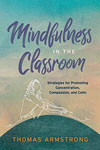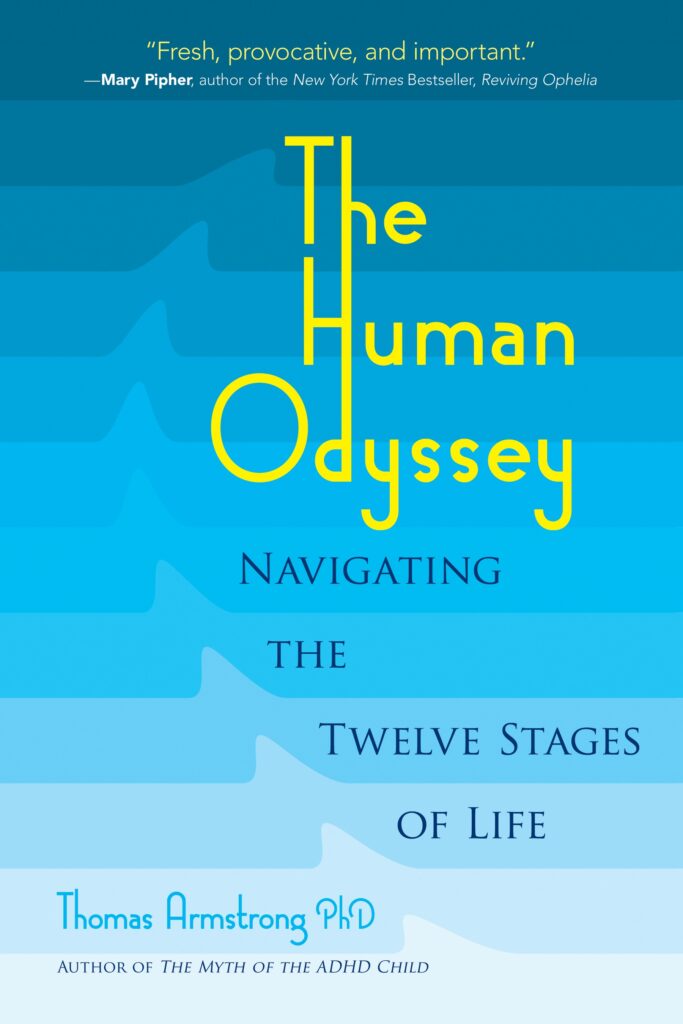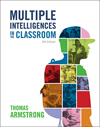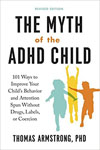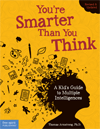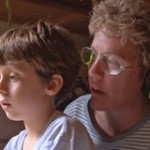 I just finished watching a PBS documentary (part of the POV series) entitled ”Neurotypical”that focused on the lives of a number of people at different stages of life who have been diagnosed with autism or Asperger’s syndrome. I thought the show was a beautiful depiction of the lives of these individuals; their hopes, fears, loves, insecurities, interests, gifts, and challenges. We listen to one man talk about the strategies he uses to determine if a woman he is with wants to be kissed. We hear another share his own bewilderment about the game of tag, and how he came to understand what it was really about. We listen to a women share her own discovery of herself as an autistic person and what a liberation that was for her. We see a young girl exploring the world with awe and delight, and courageously dealing with the opportunities and the barriers that her parents place on her, as any parent would.
I just finished watching a PBS documentary (part of the POV series) entitled ”Neurotypical”that focused on the lives of a number of people at different stages of life who have been diagnosed with autism or Asperger’s syndrome. I thought the show was a beautiful depiction of the lives of these individuals; their hopes, fears, loves, insecurities, interests, gifts, and challenges. We listen to one man talk about the strategies he uses to determine if a woman he is with wants to be kissed. We hear another share his own bewilderment about the game of tag, and how he came to understand what it was really about. We listen to a women share her own discovery of herself as an autistic person and what a liberation that was for her. We see a young girl exploring the world with awe and delight, and courageously dealing with the opportunities and the barriers that her parents place on her, as any parent would.
What made this show refreshing was that displayed the humanity of its subjects. It told the story of people on the spectrum through their own voices, specifically excluding the voices of doctors, psychologists, or other experts who typically speak ”authoritatively” about autism, but end up portraying people on the spectrum as somehow deviant from the way a person should be, and in need of ”cure” or at least ”remediation”. As the director Adam Larsen, pointed out at the end of the documentary, these individuals are happy with their lives and for the most part don’t want to become ”neurotypical.” He adds that society needs to learn to accept a broad range of neurodiverse ways of being, and perhaps call into question our unstated but powerfully stable belief in the state of being ”normal.” As a strong advocate of neurodiversity, myself, I applaud this documentary and hope that many people see it and engage in dialogue about the important issues it raises.
For more information about neurodiversity, see my book The Power of Neurodiversity: Unleashing the Advantages of Your Differently Wired Brain (published in hardcover as Neurodiversity)
This article was brought to you by Thomas Armstrong, Ph.D. and www.institute4learning.com.
Follow me on Twitter: @Dr_Armstrong






